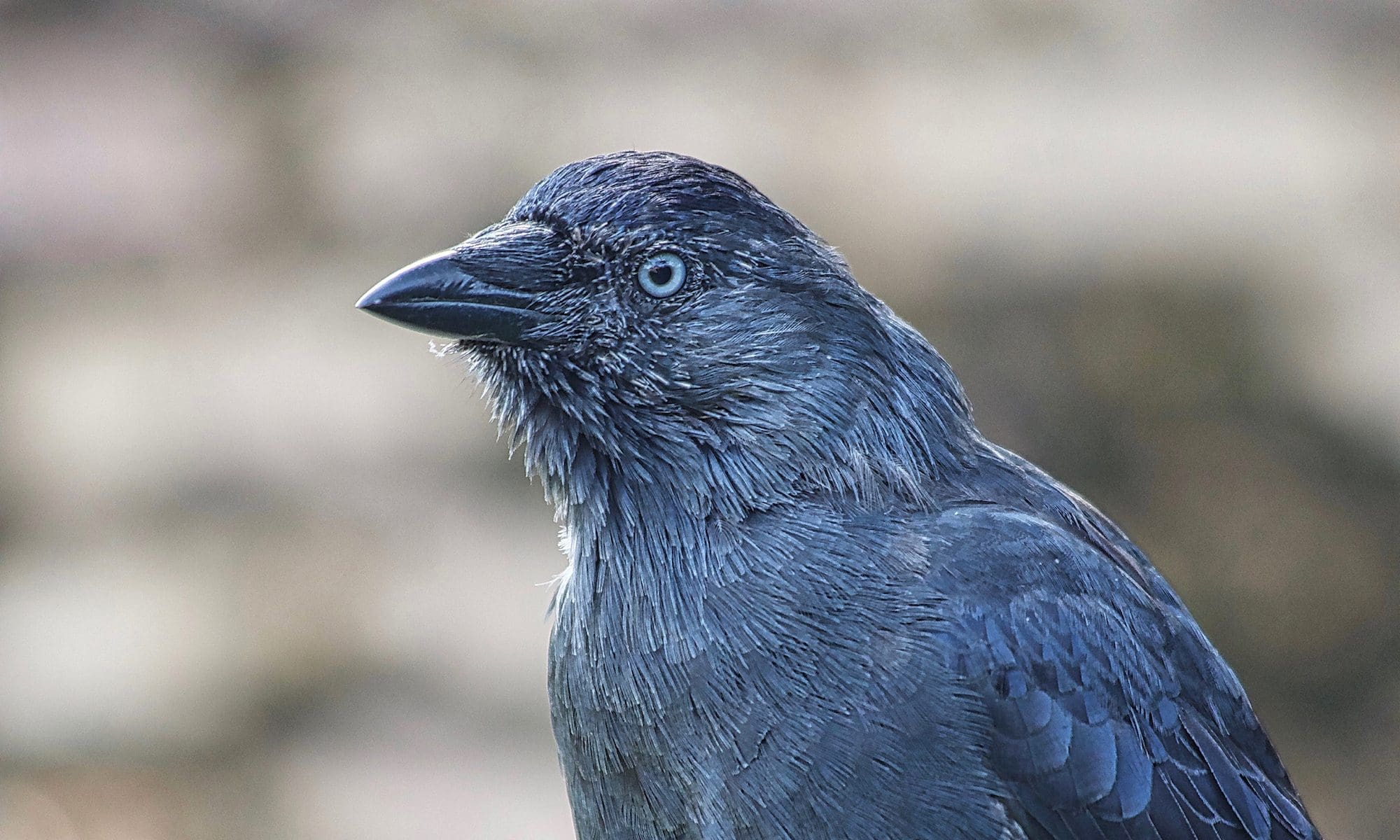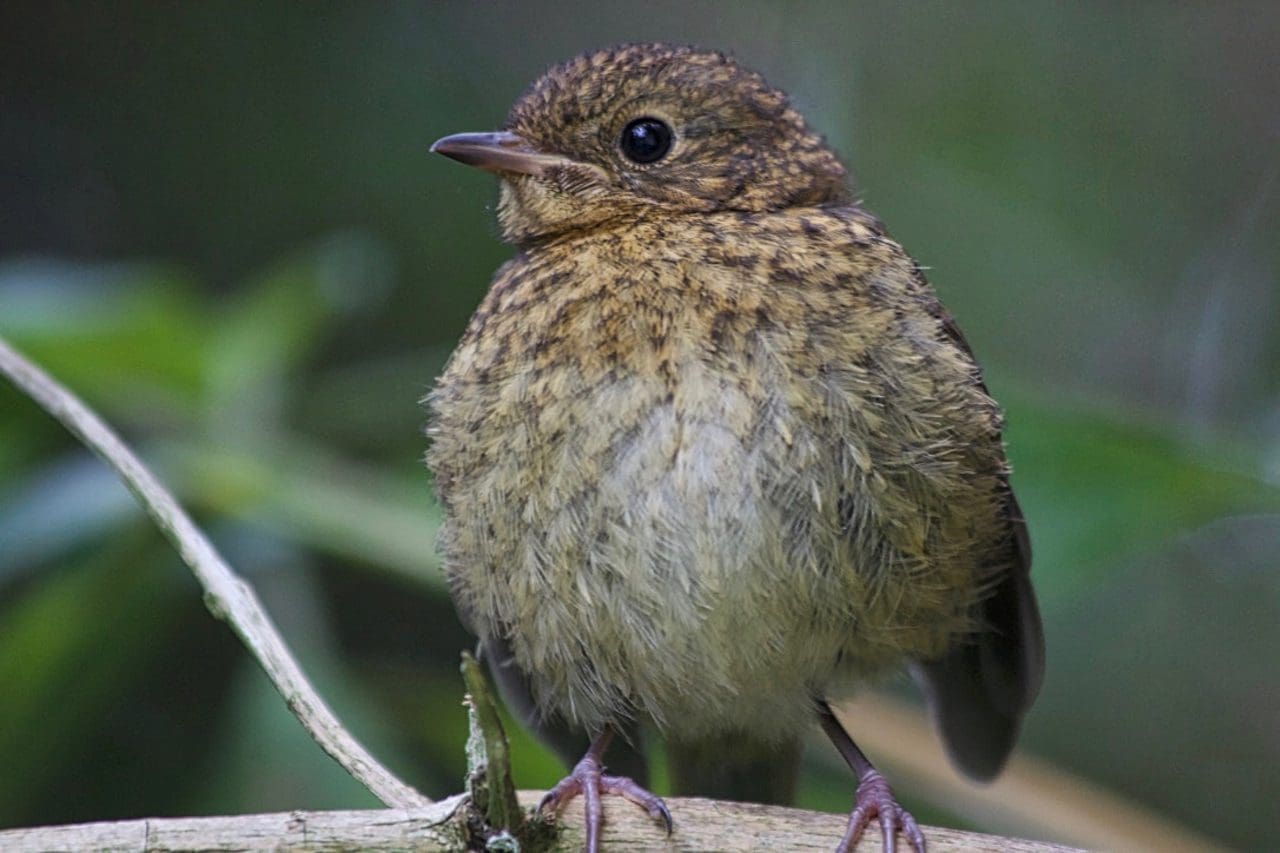If a cat brings a caught bird indoors, then immediate action is needed to save the bird’s life. The animal has to be freed immediately out of the cat’s mouth or claws. A very quick assessment of the animal is essential, which is being done with the aim to find open or displaced fractures, wounds involving in particular chest and abdomen and to detect signs of an acute bleed. An actively bleeding wound needs to be treated immediately. The best option is to use clean tissues or kitchen towels to compress the bleeding area gently but firmly until the bleed has stopped. Even a small amount of lost blood can result into a severe irreversible shock situation in birds. This is particularly true for small birds species.
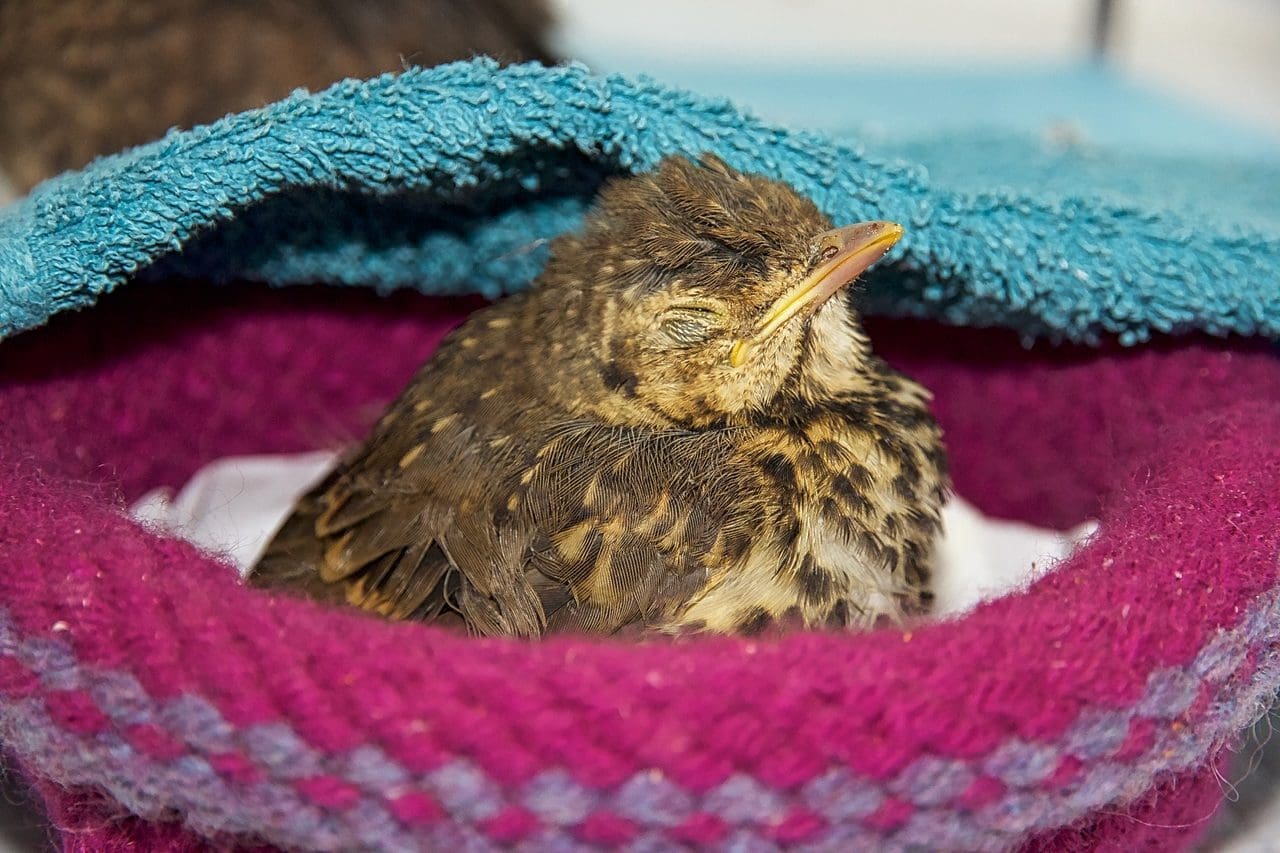
Physical and Psychological Trauma
Having been caught by a cat is a traumatic event, which may lead to severe physical injuries or immediate death. A near death encounter of this kind is also extremely stressful, frightening and distressing for the bird concerned. Any cat caught bird will therefore be in a state of extreme psychological distress and in severe pain. Freeing the bird and stopping a life threatening bleed is the only chance for the bird to survive this event, but has also the potential to kill the animal. Any handling must be kept to a minimum. Nevertheless, a quick initial assessment is required to determine the best possible plan of action for the injured bird.
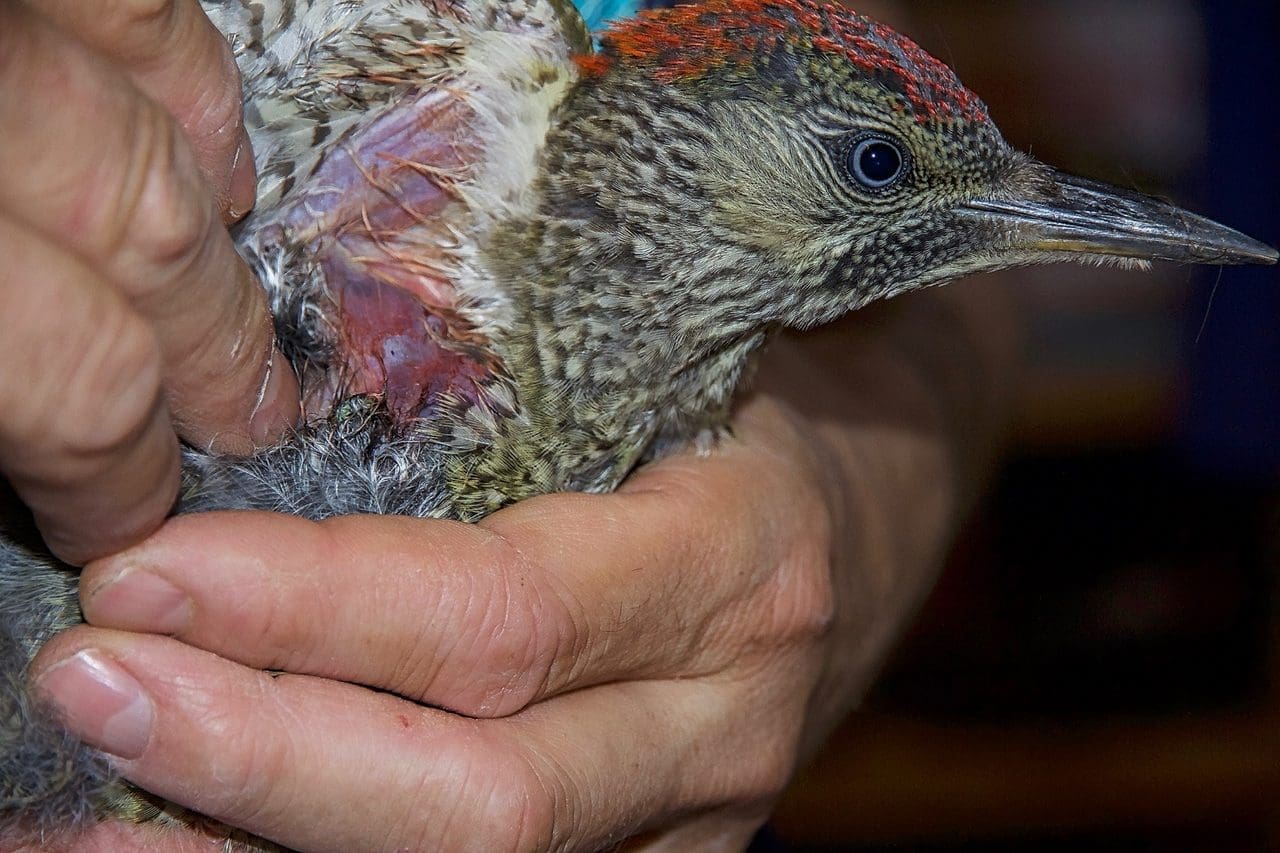
Mandatory Antibiotic Treatment
Regardless whether injuries have been found or not, every cat caught bird requires antibiotic treatment. Firstly, it is very easy to miss tiny puncture wounds, which may not even bleed externally. Secondly, it is very likely that the plumage is contaminated with saliva, and the next time the bird preens, he or she is likely to ingest deadly bacteria. More than 90% of all cats carry pasteurella multocida bacteria in their saliva, so the chances of infection are very high. Birds caught by cats will usually succumb to the septicaemia within 48 to 72 hours, unless they are treated promptly with adequate antibiotics. Releasing a seemingly uninjured cat caught bird or animal without pain relief and antibiotic treatment is therefore irresponsible and cruel, and will condemn the animal to prolonged suffering and death.

Common Injuries
Cat caught birds require a proper assessment by an experienced rehabber, wildlife rescue or avian vet with wildlife experience. Birds attacked by cats commonly suffer open abdominal, pelvic or chest injuries, the latter often involving air sacs. Internal organs are prone to be damaged by piercing nails and may become exposed. Birds with open injuries should be brought immediately to a veterinary surgery, as in almost all cases euthanasia is the only kind and viable option. Wildlife rescues and veterinary surgeons will not be able to treat or cure these kind of injuries. Veterinary assistance is urgently needed to humanely put these animals to sleep. Obscured internal injuries are another common problem. They are unlikely to be detected without further diagnostic tests, which are usually being withheld due to financial reasons and limited availability. Injuries of internal organs are one of the common causes being responsible for the high mortality rate of cat attacks. Fractures of wings and legs are very common as well, many of them being potentially treatable, depending on extent and location of the fracture. Access to experienced rehabbers is essential, as veterinary surgeons are often unlikely to be of help as far as conservative fracture treatment is concerned. However, experienced veterinary surgeons specialising in birds are required for a successful surgical fracture treatment.

First Aid and Stabilisation
After completion of the initial assessment the attacked bird needs to be quickly and safely placed into a well padded and ventilated card board box or secure animal carrier. The ventilated container should be securely covered and placed in a quite and warm room with temperatures of about 20 degrees Celsius. Inactive birds will become quickly hypothermic, in particular when they are in shock. An additional heat pad or hot water bottle is recommended to counteract the existing shock situation. However, it is crucial to make sure that the heat source is safe and is not burning or scalding the bird. Water bottles need to be wrapped into a towel, and ideally the bird should be allowed to move freely away from the heat source. This kind of precaution is even more important for birds who are unable to move independently due to age or debilitating injuries.

Recovery and Transport
When putting the bird into the padded carrier, it is recommended to ‘built’ a nest by using a towel roll and placing the bird into the centre. The heat pad will be placed underneath the towel nest. The bird should be placed in an upright position with his or her legs being in a folded physiological position underneath the body. The head should be supported and ideally placed slightly elevated onto the rim of the towel nest. This will secure the animal whilst being transported and minimise the risk of aspiration of saliva or blood. Stabilised cat caught birds should not be handled at all for at least two hours, but should be brought to an experienced wildlife rescue as soon as possible. Depending on the type of transport container being used, it is important that the carrier is completely covered to avoid additional stress.
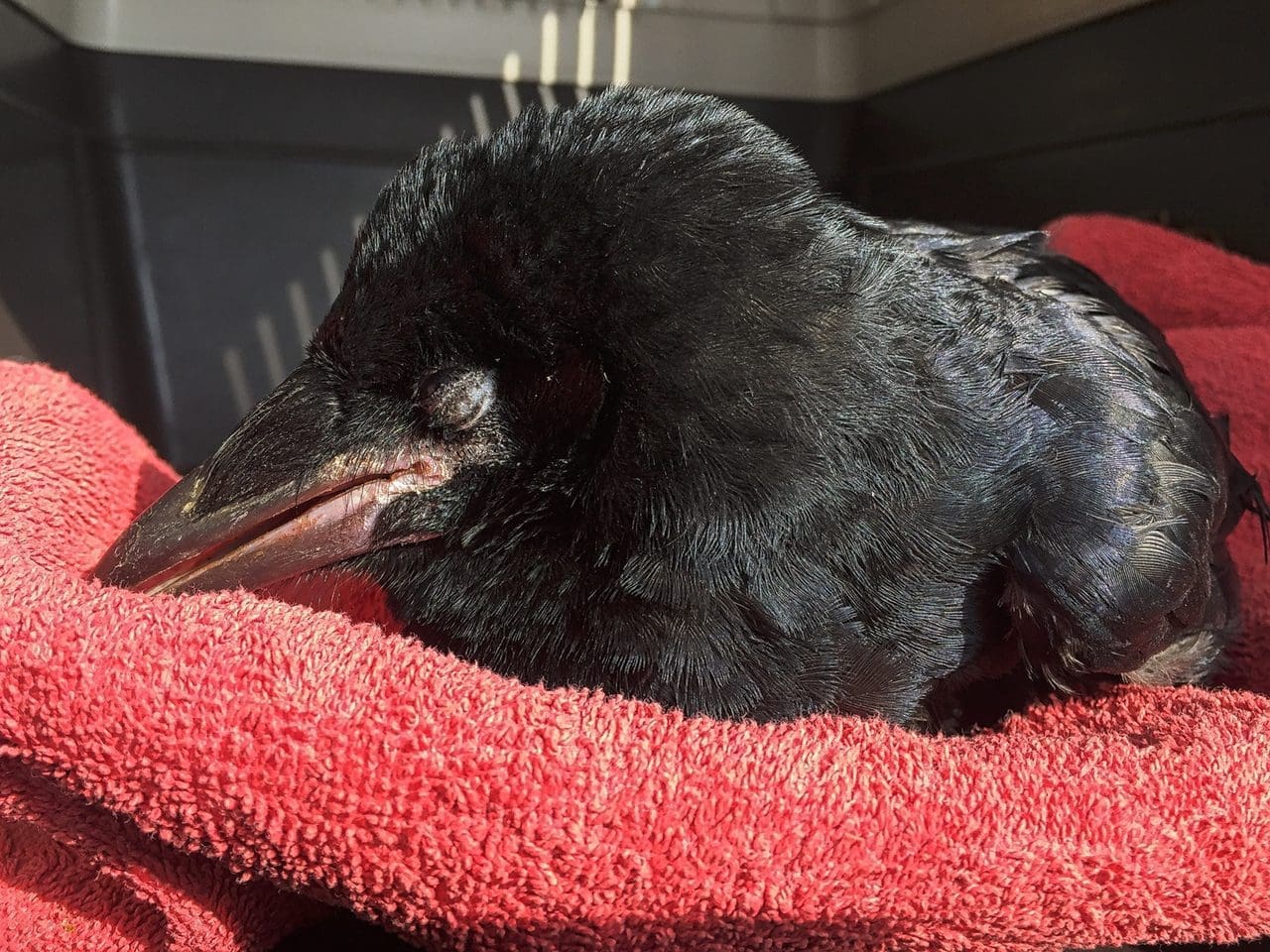
The Impact of Cats on Wildlife
Injuries caused by cat contact are the most common reason for admissions to wildlife rescues or veterinary surgeries. Around 75% of all admissions during breeding season are due to cat related injuries. However, statistics presenting numbers of birds caught, injured or killed by cats are unlikely to be representative. They are bound to underestimate true numbers, as most statistics are based on catch rates counted at a cat’s home or on admission numbers of wildlife rescues and veterinary surgeries. One reason is simply that feral cats and their impact onto wildlife are usually not taken in account. Another reason is that an unknown number of cat caught animals are killed straight away and not brought home. Some of the victims may be lucky enough to escape their immediate death, but will most certainly succumb to septicaemia later. Others are being intentionally set free by the cat’s owner, and will also die later. Most of these statistically unaccounted animals are unlikely to be discovered or even rescued. They will most certainly not survive their ordeal. Sadly, many of these victims could potentially be saved, as injuries inflicted by cats are avoidable.
